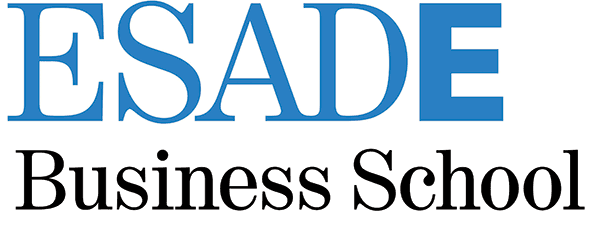
With a near future marked by the near-certainty of global environmental crisis, is there a role for business schools to find solutions to climate change? Activities at ESADE, Koç and NHH in 2018 would suggest there is.
In June last year, President Trump pulled the U.S. out of the Paris Accord on climate change. His goal was to “reassert American sovereignty” – a function, he declared, of his duty to “represent the interests of Pittsburgh and not Paris.”
Trump’s decision casts something of a pall over the role of government in leading the charge against climate change. While Paris may not have been the silver bullet in reducing carbon emissions, the withdrawal of the U.S. highlights the difficulty facing policy makers to reach any kind of meaningful global consensus – or enact effective global policy on the climate.
So if government is at an impasse, is there an opportunity for the rest of us to step up?
Yes, says Eugenia Bieto, Chair of the CEMS Global Alliance.
And moreover, there is a critical role for business schools in developing a next generation of leadership with the competencies and the commitment to lead decisive change.
“Businesses have a responsibility to the environment, to customers and to the kind of talent they want to attract and retain, to be a force for change on emissions, global warming and climate change.It is also the task of business schools to foster environmental awareness among their community.”
Business schools, says Professor Bieto, have an opportunity to become a “lever for changing the way companies behave.”
“It’s our job to train future managers – the next generation of decision-makers who will be working in the public sector, in the corporate context, as entrepreneurs, or as leaders in NGOs.”
But it’s not an easy task. Training people to think about the environment in a responsible manner is not, she acknowledges, the same as teaching them the mechanics of business.
“We’re not talking about what to teach. We’re talking about developing a mentality and a perspective of the world that can only be developed transversally, I believe, by bringing the dimensions of climate change and social challenges into core curricula, electives and experiential learning experiences. We need to bring the problems that the world is facing into the classroom – and beyond it.”
One way of doing this is by challenging them to do the job of the United Nations Climate Change Conference, COP24.
CEMS Model UNFCCC
In May of this year, 150 students from nine CEMS schools gathered at ESADE in Barcelona to debate climate change.
The two-day event is the annual centrepiece of the CEMS Model UNFCCC programme, which seeks to broaden students’ understanding of the issues surrounding global warming, while accelerating skills in debating, negotiating and strategising.
Academic elements are delivered across a series of lectures and analysis of key concepts and literature on climate change. This culminates in a full-stakeholder simulation of the UNFCCC negotiations, where students play the roles of government, non-government and industry representatives from the countries that will congregate in Poland in December.
Professor Rolf Wüstenhagen teaches CEMS Model UNFCCC at the University of St. Gallen. In the lead up to the main event, he says, students spend the semester getting a big-picture understanding of what’s at stake for the planet in the long term, as well as the implications for the private sector today.
“Then we take it outside the classroom and bring them together to sharpen the kinds of negotiating and bargaining skills and the resilience that they will need as future leaders looking to effect real change.”
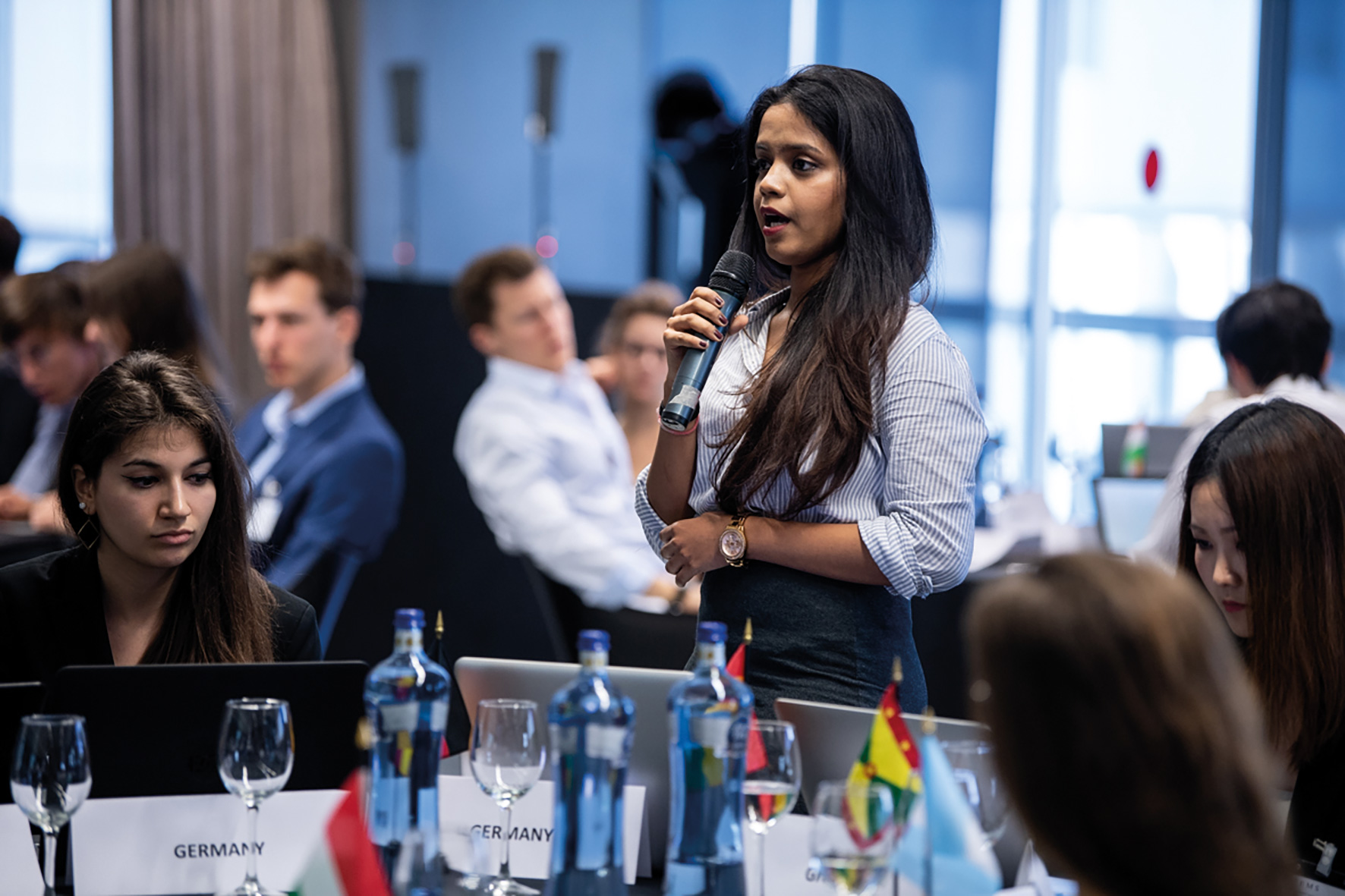
The simulation emulates the COP negotiations, during which students have to act as delegates agreeing new targets to reach the goal of greenhouse neutrality by the second half of the century. Students are assigned an industry, country or organisation that does not correspond to their own personal experience. Then they are charged with representing the different interests at play.
The goal of all of this, says Professor Wüstenhagen, is to give students an authentic taste of negotiation strategy and processes as they happen in the real world.
“What students tend to underestimate is the sheer complexity of having to negotiate with so many diverse stakeholders with individual interests in one room. We put them in the shoes of the people who have to solve these problems and come to real solutions. And this isn’t something you learn as one of many students sitting in an anonymous lecture hall.”
The difficulty of finding common ground
Luke McLoughlin is a CEMS student from the Stockholm School of Economics. He participated in the simulation playing the role of Tanzania. A major challenge, he says, was finding consensus on financial contributions with major players like the U.S., Russia and China. And time constraints imposed across the role-play in line with real UNFCCC negotiations added a “level of pressure and urgency to the entire process that really added to the experience.”
“Trying to build agreement across such a large group of conflicting interests is no easy task. This has opened my eyes to the complexity of climate negotiations.”
And it’s a takeaway shared by fellow Stockholm School of Economics student, Emilie Lin, who played a country delegate of Nepal representing the coalition of Nepal and Bangladesh in the working group on mitigation.
“It’s not easy to handle a situation where there is near universal agreement, but one large party objects. You have to look at a range of things: whether this party is open to compromise or unwilling to make concessions, the importance of understanding different stances that block or facilitate decisions, and the value of relationships outside of formal negotiations. This is where the real work gets done.”
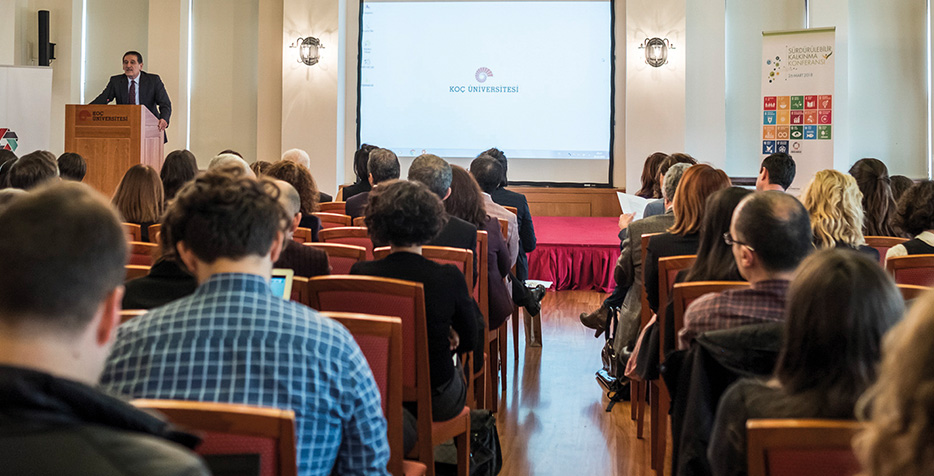
For both, the simulation experience has delivered interesting insights into the complex dynamics of negotiating and bargaining – as well as relationship building.
“CEMS Model UNFCCC has improved my ability to read a room,” says Luke McLoughlin. “I’ve learned the importance of identifying the key people to target to influence a bigger group.”
For Emilie Lin there has been a watershed moment in terms of ultimatums and thinking of negotiations as a “zero-sum game.”
“For me it’s about understanding that a less ambitious agreement is preferable to no agreement at all. The experience has taught me not to put ultimatums on the table as it severely hurts the dialogue. And also to find out what your counterpart wants to see if the problem can be solved together and if the goal can be achieved another way.”
A new kind of leadership
Bringing this capacity to pivot, to yield ground, to respond with flexibility and to build resilience is key to a new kind of leadership – a model of leadership articulated by a number of keynote speakers at May’s event.
Kiliparti Ramakrishna of the Green Climate Fund, Olav Kjorven of the EAT Foundation and ESADE’s Tobias Hahn all called for a paradigmatic shift in leadership development.
Describing climate change as the world’s “darkest hour,” Olav Kjorven likened the challenges facing future leaders to the situation faced by Winston Churchill at the start of the Second World War. Leadership, he argued, is more than “managing in difficult times. It is a challenge to change the future.”
This, he said, hinges on a new understanding of leadership as “hero-free.”
“We need to develop a new crop of leaders who can translate science into something business can work with, who can work together, and who understand the importance of balancing profit and sustainability. As our world gets smaller and more crowded we need to understand that leadership is not about heroics, it’s about personal responsibility. Leadership is not about fighting yesterday’s battles, it’s about going straight to the front line of change where real bravery is needed.”
History, he told CEMS students, is there for the making. However it won’t be easy.
The top down approach hasn’t worked, said Kiliparti Ramakrishna: “Historically policy-makers have made global agreements setting goals at the country level. Today it’s becoming more de-centralised, so we need to find a new way of effectively ‘internationalising’ the problem.”
The upcoming generation of business leaders, he said, could be well poised to achieve this.
“Most revolutions in our history have been led by young people. The challenge to CEMS students and other future decision makers is to make the connections between their needs today, the future and our environment. And to do this in a sustainable way.”
Professors Hahn and Wüstenhagen called for a leadership built on “partnerships and humility.” However both believe that the next generation will be “part of the solution rather than part of the problem.”
A call for meaningful change
The CEMS Model UNFCCC simulation at ESADE was accompanied by a CEMS social media campaign inviting students and schools to share their own experiences and initiatives in combatting climate change locally. In addition, an online petition was sent out as a call for action to business leaders and governments and garnered over 400 signatures.
The campaign, which remains live, launched on 2 May with the hashtags #CEMSgoesgreen and #climatechangechallenge and has so far mobilised thousands of members of the CEMS community around the world to share and exchange insight, experience and action – and to lend their voice to the imperative to unite in the quest for a solution to climate change.
“The climate problem has been framed as a global policy challenge,” says Professor Wüstenhagen. “However it is clear that policy on its own cannot solve this problem. The business world has the power to lead environmental transformation, because it has the capability and resources to innovate and generate new solutions.”
“Business education has a key role to play in developing a new generation of leaders who, in spite of turbulence on the international stage, can ensure that progress around climate change moves ahead more rapidly.”
This is a view shared by faculty and business leaders who led discussions at the Sustainable Development Conference hosted by Koç University College of Administrative Sciences and Economics and Graduate School of Business in March of this year.
Sustainable development goals
CEMS students, professors, prominent business leaders and the President and Dean of the Koç University Graduate School of Business, Zeynep Gurhan Canli, convened in Istanbul to explore the ways in which business and education can collaborate to prioritise the principles of the UN Sustainable Business Goals, including the environment, energy and health.
Professor Gurhan Canli, stresses the joint responsibility of the private sector and academia to galvanise talent in the pursuit of solutions to what she describes as the “biggest challenges on the horizon.”
“Conferences such as this are not only a platform to share important messages about the imperative to act responsibly and they are a means of showcasing the kind of leadership that will deliver solutions to the myriad challenges facing today’s and tomorrow’s generations.”
One example of this was CEMS alumna, Ebru Turun, a speaker at this year’s conference, who talked about her own start up, Codela.
“We digitise the recruitment of software developers and help match them to prospective companies,” she said. But Codela also models the kind of inclusion and empowerment of the disenfranchised that offers a more sustainable solution to the challenges facing immigrants and their host countries.
“We deliver coding training for free to help people in financial need – especially asylum seekers and refugees, giving them marketable skills and an opportunity to contribute. Because inclusion is our objective, we are part of a two-tier solution – helping those mired in poverty out of the trap of being excluded, while developing much-needed talent to meet the market’s needs.”
The path towards inclusion
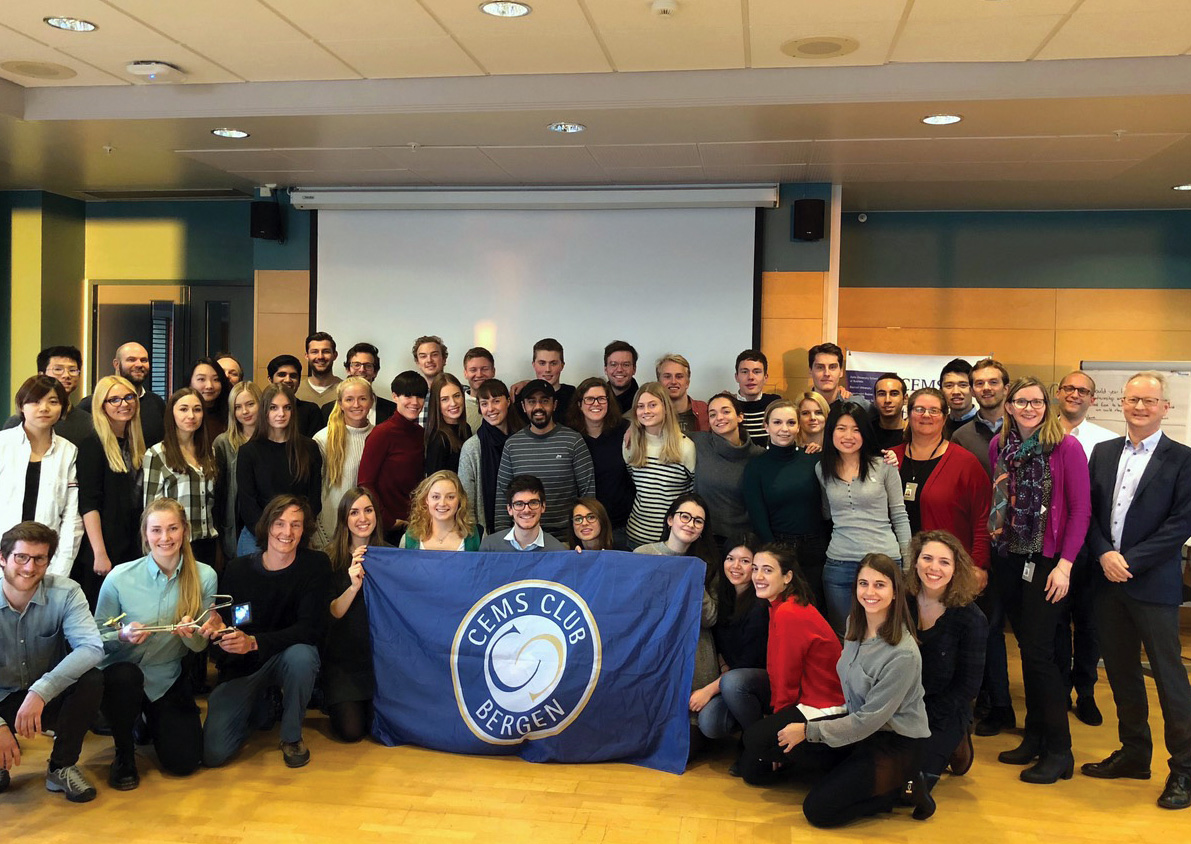
Ebru’s vision is echoed by a new initiative being driven by the NHH Norwegian School of Economics in cooperation with the Copenhagen Business School and ESADE, and funded through Erasmus Plus partnership funding.
The CEMS Sustainable Business Models Strategic Partnership Project, launched in March 2017, seeks to build focus on inclusive and open leadership through the exchange of innovative teaching and research between partners.
NHH kick-started its CEMS spring semester with a three-day seminar for students from NHH, CBS and ESADE, combining responsible global leadership and sustainable management. The seminar was made up of interactive knowledge and skills building sessions, and the opportunity to put theory into practice working hand-in-hand with representatives from a social impact start-up on their business model design.
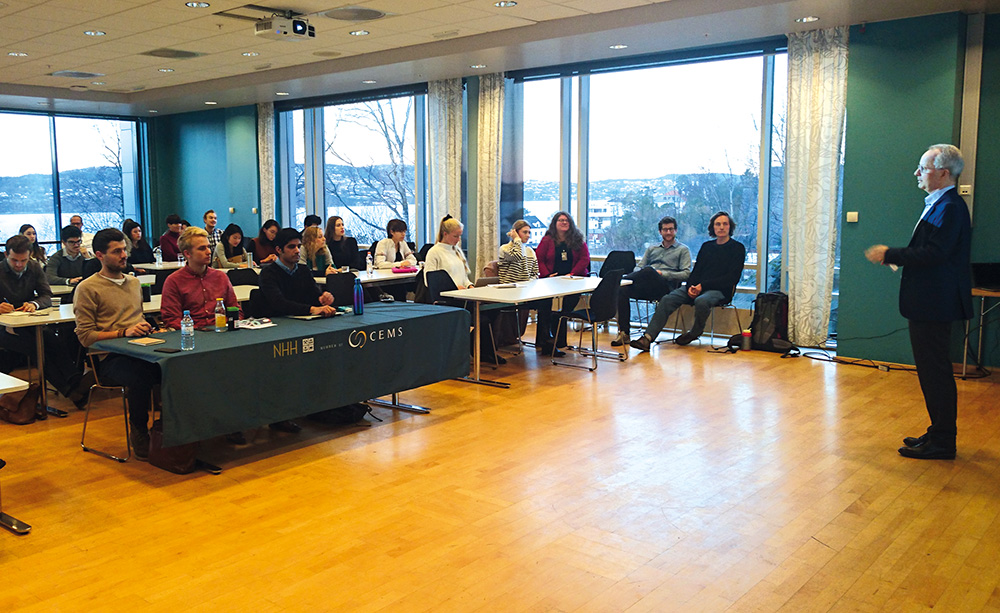
Sven Gehrke, a CEMS student at ESADE, attended the event in Bergen.
“I wanted to explore how ecological, economic and social dimensions can be combined in a single business model. And I wanted to dig deeper into how a successful model can be built around inclusion.”
The exchange of ideas, insight and expertise at NHH this year was, he says, “simply amazing.”
![]()

![]()
